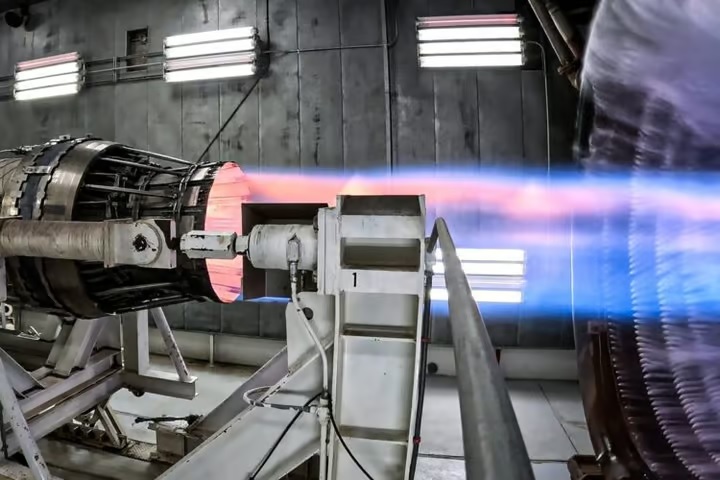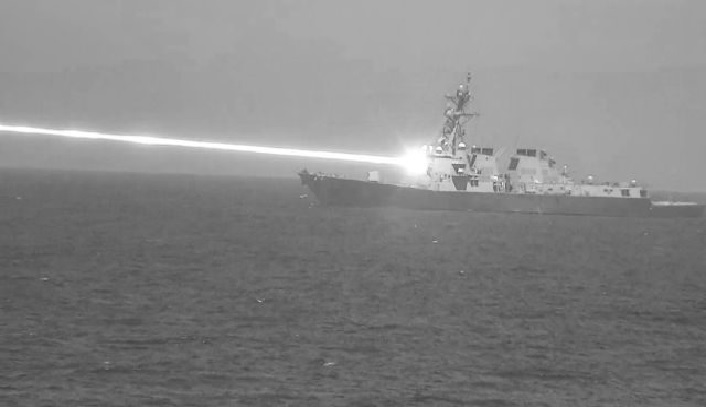Hermeus Unveils Hypersonic Testing Facility in Florida

Hermeus, a leading aerospace and defense company specializing in high-speed aircraft, has unveiled its cutting-edge High Enthalpy Air-Breathing Test Facility (HEAT) at Cecil Airport in Jacksonville, Florida. Built in just three months, this facility marks a major milestone in addressing the significant shortage of hypersonic testing infrastructure in the United States, a gap that has long hindered advancements in both military and commercial aerospace technologies.
Transforming Hypersonic Testing
The HEAT facility is designed to revolutionize the landscape of hypersonic propulsion testing by offering high-capability, cost-effective solutions. Traditional hypersonic testing facilities in the U.S. are often overbooked, expensive, and time-consuming, creating bottlenecks in innovation. By contrast, HEAT promises to dramatically reduce costs and eliminate scheduling delays, positioning itself as a vital resource for hypersonic technology development.
According to Hermeus Co-Founder and CEO AJ Piplica, "HEAT is poised to revolutionize hypersonic testing by unlocking low-cost, high-capability propulsion solutions. Current facilities are overbooked and expensive. HEAT will not only expand capacity but also serve as a vital national resource for advancing hypersonic technology."
Key Specifications and Capabilities
The HEAT facility features state-of-the-art infrastructure retrofitted from existing buildings at the former Cecil Naval Air Station, originally constructed in 1959 and 1989. The first phase of the project, now operational, focuses on testing existing propulsion systems. Future phases will introduce continuous high-Mach airflow capabilities, allowing for more flight-like conditions in ground tests.
Key advancements of the facility include:
- Custom Fuel Systems: Designed for precise and efficient delivery of various fuels needed for high-speed propulsion testing.
- Advanced Data Acquisition Technology: Enables real-time monitoring and analysis of engine performance.
- Rapid Development Timeline: Completed in one-eighth the time and at one-tenth the cost of similar projects.
Alex Miller, Manager of Propulsion Test Engineering, emphasized the achievement: "From custom fuel systems to advanced data acquisition technology, the transformation of these facilities is remarkable."
Pratt & Whitney F100: Pioneering Future Aircraft
The initial engine tested at the HEAT facility is the Pratt & Whitney F100, which will power Hermeus’ Quarterhorse Mk 2, an autonomous aircraft capable of exceeding Mach 2.5. The F100, paired with Hermeus’ proprietary precooler technology, is set to redefine high-speed aviation by achieving speeds faster than any current aircraft in its class.
The F100 engine also serves as the foundation for the Chimera engine, a turbine-based combined cycle (TBCC) propulsion system capable of Mach 5. The Chimera engine will power Hermeus’ Quarterhorse Mk 3, which aims to demonstrate seamless transitions between turbine and ramjet modes, a crucial step in hypersonic propulsion. The ultimate goal is to surpass the legendary speed record of the SR-71 Blackbird, which once dominated the skies at Mach 3.3.
A Glimpse Into the Future
Located strategically at Cecil Airport, the HEAT facility represents more than just a testing ground; it is a launchpad for groundbreaking innovations in aerospace technology. With its ability to support the development of engines capable of achieving Mach 5 and beyond, HEAT positions Hermeus at the forefront of hypersonic innovation.
Looking ahead, the advancements made possible by HEAT will not only benefit military applications but also have far-reaching implications for commercial aviation. The development of hypersonic passenger jets could reduce intercontinental travel times to mere hours, potentially revolutionizing global connectivity.
Hermeus’ ambitious vision, combined with the state-of-the-art capabilities of the HEAT facility, underscores its commitment to shaping the future of aerospace. By leveraging advanced technologies and a forward-thinking approach, Hermeus is paving the way for faster, more efficient, and cost-effective high-speed flight.



